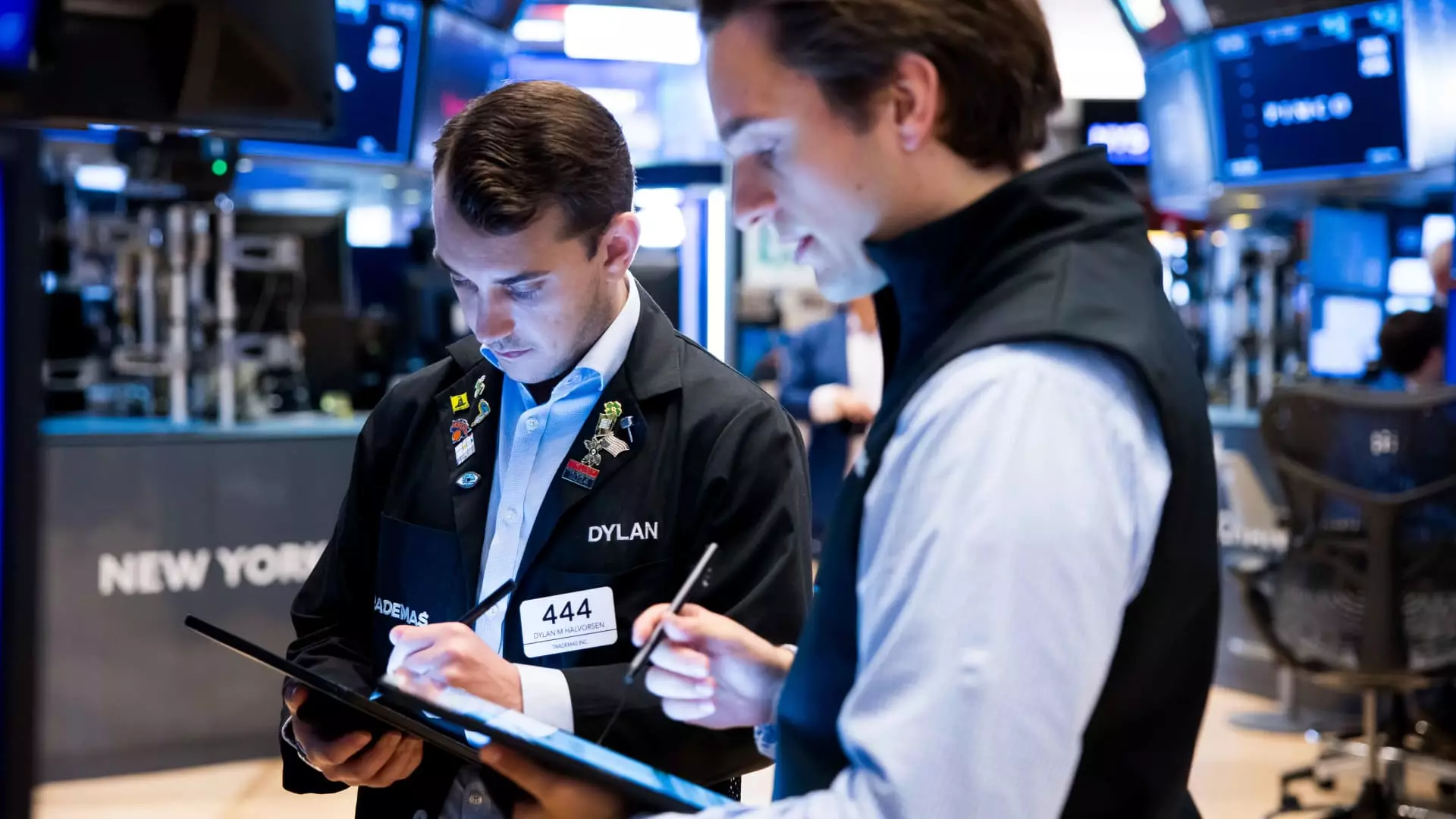The recent uptick in healthcare stocks, exemplified by Viatris (VTRS), might seem like a beacon of recovery in a turbulent market. But this seemingly bullish trend, driven by technical patterns like inverse head-and-shoulders, provides only a superficial glimpse into the underlying health— or rather, the vulnerability— of these gains. Investors should question whether such patterns truly signal sustainable growth or merely short-term rebounds inflated by technical trading rather than genuine economic strength.
The pattern that VTRS is attempting to breach—the inverse head-and-shoulders—is a classic indicator used to forecast reversals, yet it rarely guarantees longevity. A breakout might trigger higher prices, but without fundamental support, any gains risk rapidly evaporating. The $9.50 resistance level and a proposed target of $12.30 are enticing, but they echo past speculative rallies that often end in disappointed investors, especially if broader economic conditions deteriorate.
Historical Echoes and the Illusion of Recovery
Looking at VTRS through a historical lens paints a cautionary tale. The stock has exhibited a pattern of sharp declines followed by forceful recoveries—yet these recoveries have historically been fleeting and vulnerable to economic shocks. The recent 38% rebound since April offers a tempting narrative, but it pales against the nearly 50% decline experienced from late 2024 to April 2025. These oscillations highlight a profound volatility that technical analysis alone cannot address.
Furthermore, the stock’s long-term trajectory reveals a persistent inability to reclaim its 2015 highs. The fact that VTRS remains far below prior peak levels suggests deeper structural weaknesses within the company or the broader healthcare sector. The recent rally could be nothing more than a market mirage—an illusion that masks the more troubling undercurrents of declining revenues, mounting regulatory pressures, or disruptive technological changes that threaten traditional healthcare business models.
The Danger in Relying on Technical Patterns
While technical patterns like breakouts from bullish formations can be compelling, they are often misinterpreted as signs of definitive recovery. For investors with a center-right liberal outlook— which values pragmatic market analysis and cautious optimism— reliance on technical signals can be a risky game. These patterns are inherently reactive, vulnerable to false breakouts, and often ignore the fundamental realities that underpin stock valuations.
In VTRS’s case, the recent bullish formations could be prematurely celebrated. The stock’s long-term downtrend line—drawn from its 2015 peak—remains a formidable barrier. A successful breakthrough above this line would indeed be groundbreaking, signaling a potential trend reversal. However, as history demonstrates, many stocks fail to break through such psychological and technical barriers, especially when underlying fundamentals fail to support their valuations.
Chasing Short-Term Gains in a Falling Market
The broader market context cannot be ignored. The healthcare sector’s recent resilience is preferable to outright decline but still uncertain in its sustainability. Investors who chase quick gains based on patterns like those observed in VTRS may find themselves caught in a rally that proves to be as fragile as a house of cards once the underlying economic realities reassert themselves.
Furthermore, with the global economic landscape navigating inflationary pressures, regulatory challenges, and geopolitical instabilities, the idea of a sustained recovery in healthcare stocks seems increasingly optimistic at best. The market’s recent bounce might be a short-term correction in a longer-term downtrend rather than a genuine reversal of fortunes.
When the dust settles, the “bullish” technical signals could prove misleading, and investors might realize that the real health of these stocks depends far more on internal fundamentals than on chart patterns or historical parallels. Trusting in technical formations without scrutinizing underlying business risks is a gamble that can turn costly quickly.
In essence, the healthcare sector’s current rally resembles a rally driven more by hope and technical momentum than by real structural healing. True strength and resilience require fundamental improvement—something that, despite the technical signs, remains largely elusive for many companies within the sector, including Viatris. Investors with a pragmatic, center-right liberal perspective should approach these fleeting technical signals with skepticism, recognizing the dangers inherent in visual optimism divorced from economic reality.

